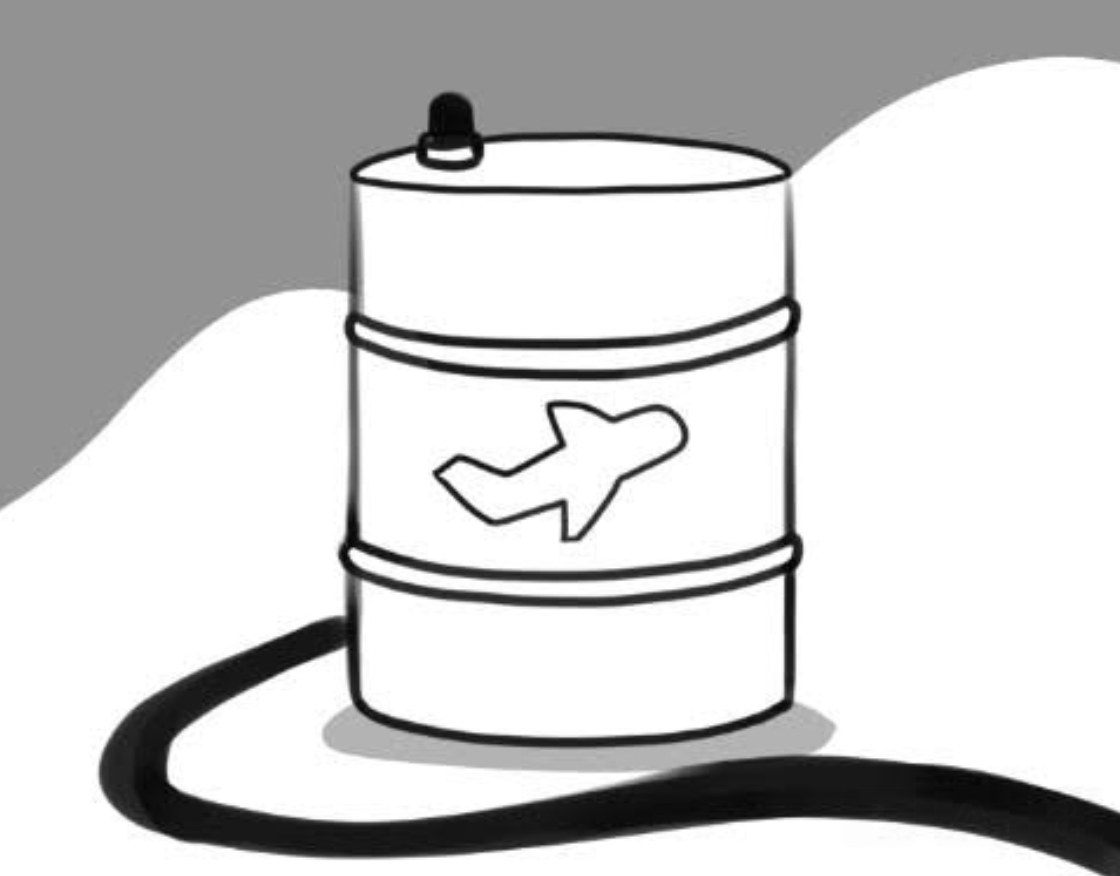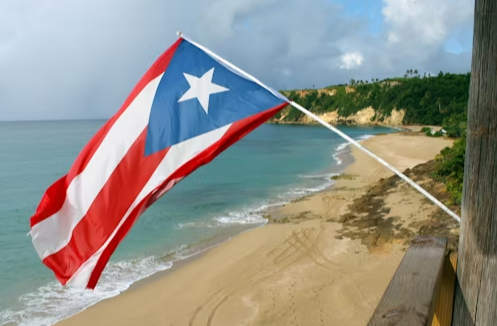In recent years, social media boosted an influx of fad diets, workout programs, and tips that promise to be “life-altering” in its algorithm. These trends claim that they hold insight into the quickest way to lose weight or improve their appearance. However, experts say that the increased consumption of social media content makes it increasingly challenging to ensure that consumers are receiving accurate information regarding their food products.
In the U.S., rates of heart disease, type 2 diabetes and obesity nearly tripled from 1999 to 2020. Numerous scientific studies found that the U.S. has looser regulatory gaps in the food ingredients it bans compared to other countries. Many of the ingredients banned across the world that the U.S. allows are listed as toxic and non-edible.

One of the most common and deadly is “mineral oil,” and is known as one of the components of petroleum, or crude oil. It is a chemical compound that fuels cars and planes, and acts as a lubricant. In grocery stores, it is used as a preservative to keep packaged goods like baked treats and crackers fresh.
Because Petroleum doesn’t go bad, it is used in manufaturing prodution. However, it also makes synthetic yellow dye in cheesy snacks — like Cheetos.
A chemical coined as brominated vegetable oil or BVO is actually a flame retardant that was used in the past to keep plastics from catching fire. BVO is a common ingredient found in carbonated soft drinks such as Mountain Dew and Dr. Pepper. This chemical is banned in Europe and Japan, yet the Food and Drug Administration (FDA) allows it to continue to be used under the idea that it helps artificial flavorings from separating and that it is “up for further research.”
Consuming BVO in copious amounts is linked to an increase in memory loss, early onset puberty, and an increased risk for impairing neurological disabilities.
Many large corporations that use these toxic chemicals also employ marketing tactics to con Americans into believing that these ingredients are safe to consume. One such tactic is to label ingredients in a similar manner as other safe-to-consume ingredients.
Oils are also a large part of the American diet and typically known to be healthy in moderation. Food labels are labeled terms like “vegetable oil”, “avocado oil” and “canola oil”, making “mineral oil” a seemingly similar product.
Packaging is also programmed to draw consumers in. This is commonly employed using color theory and popular buzzwords such as “naturally flavored” or “sugar-free.” The term “naturally flavored” is also used ambiguously due to a lack of regulations from the FDA. For many companies, “natural” means that it’s sourced from a natural area, rather than being healthy.
Companies continue to use these ingredients in their food products, as further research on the health effects of their consumption emerges.















































































Paul • Aug 27, 2024 at 2:52 pm
Keep up the good and necessary work of providing clear truth and information.
Your work is very important and helpful for people everywhere.
It is sad that the FDA is too slack about at least informing people of the clear truth regarding what is in our food sources.
Keep researching. Keep clarifying. Keep sharing.
Thanks
Jennifer • Dec 13, 2023 at 4:01 pm
So informative (and scary). Thanks for publishing this information. Great article!